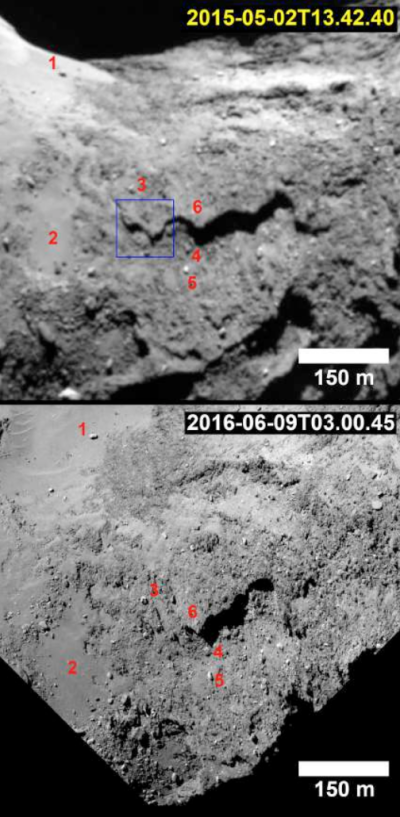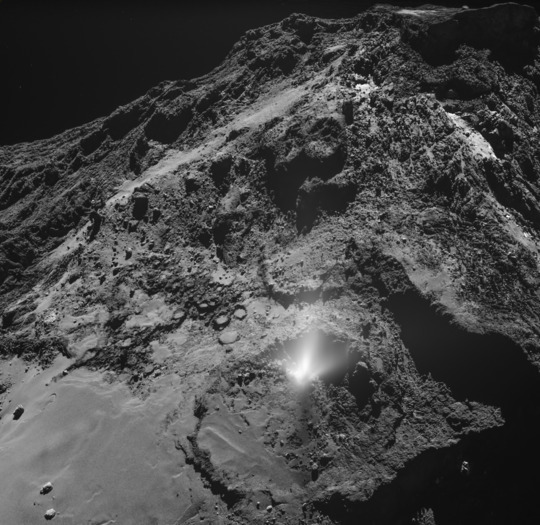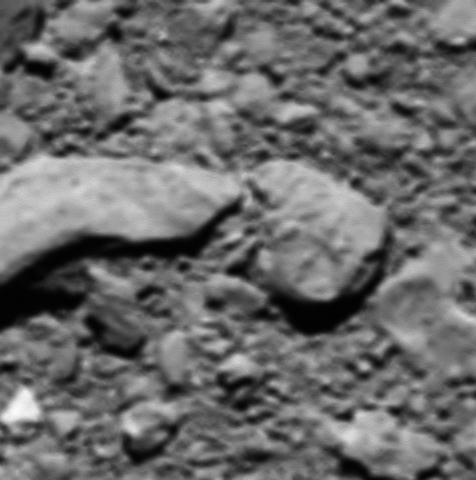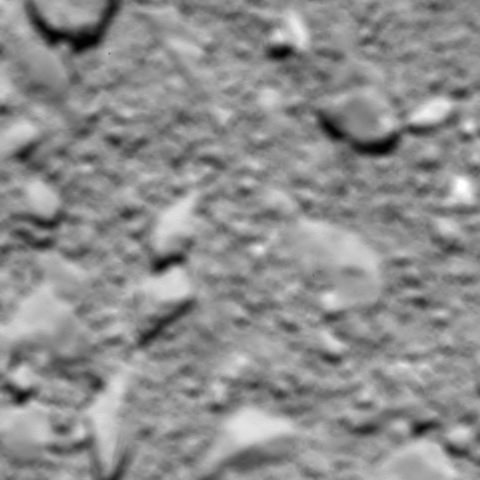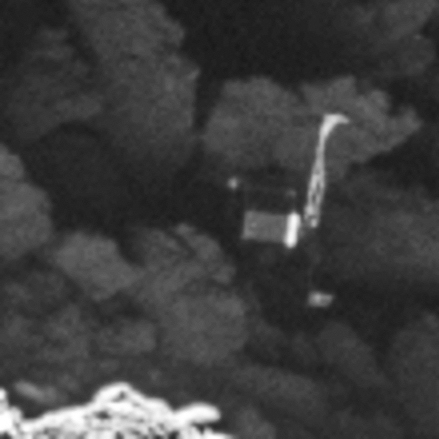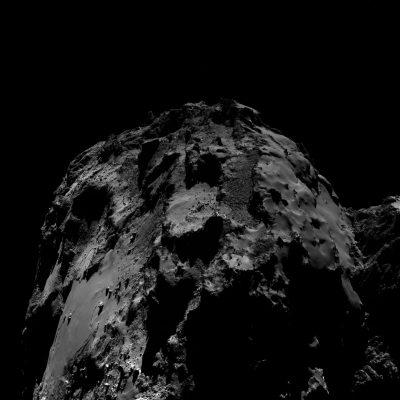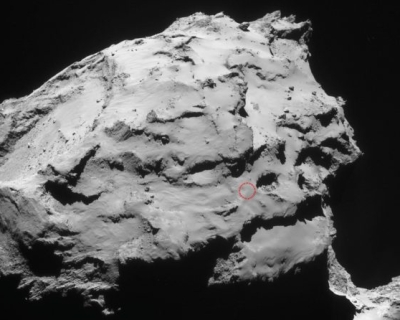A molecule found by Rosetta on Comet 67P/C-G proves discovering life on exoplanets will not be easy
The uncertainty of science: Scientists have long assumed that the molecule dimethyl sulfide (DMS) is an excellent biosignature of life, since it is only produced by life here on Earth. When they discovered it in the atmosphere of an exoplanet last year many thought, especially in the media, that it proved that life existed on that exoplanet.
A scientist who had worked on the Rosetta mission to the Comet 67P/C-G thought otherwise, that DMS was not a reliable biosignature and quickly proved it.
Just 1 day of data from Rosetta’s mass spectrometer, an instrument that can identify molecules by their specific weights, was enough for [Nora Hänni] and her colleagues to find DMS. She says lab experiments will now be needed to pin down exactly how DMS forms in space, where ultraviolet light and cosmic rays can power the synthesis of complex organic molecules. Another important question is whether comets could deliver significant amounts of DMS to a planet—and perhaps account for detections like the K2-18b claim. “If it impacted the atmosphere, it could contaminate the atmosphere of the planet,” Noack says, potentially complicating searches for alien life.
Like the fake news in 2020 that life was found in the atmosphere of Venus (it wasn’t), it is a big mistake to use the detection of one molecule to assume it is evidence of life on an alien world. The universe is far more complicated.
The uncertainty of science: Scientists have long assumed that the molecule dimethyl sulfide (DMS) is an excellent biosignature of life, since it is only produced by life here on Earth. When they discovered it in the atmosphere of an exoplanet last year many thought, especially in the media, that it proved that life existed on that exoplanet.
A scientist who had worked on the Rosetta mission to the Comet 67P/C-G thought otherwise, that DMS was not a reliable biosignature and quickly proved it.
Just 1 day of data from Rosetta’s mass spectrometer, an instrument that can identify molecules by their specific weights, was enough for [Nora Hänni] and her colleagues to find DMS. She says lab experiments will now be needed to pin down exactly how DMS forms in space, where ultraviolet light and cosmic rays can power the synthesis of complex organic molecules. Another important question is whether comets could deliver significant amounts of DMS to a planet—and perhaps account for detections like the K2-18b claim. “If it impacted the atmosphere, it could contaminate the atmosphere of the planet,” Noack says, potentially complicating searches for alien life.
Like the fake news in 2020 that life was found in the atmosphere of Venus (it wasn’t), it is a big mistake to use the detection of one molecule to assume it is evidence of life on an alien world. The universe is far more complicated.

